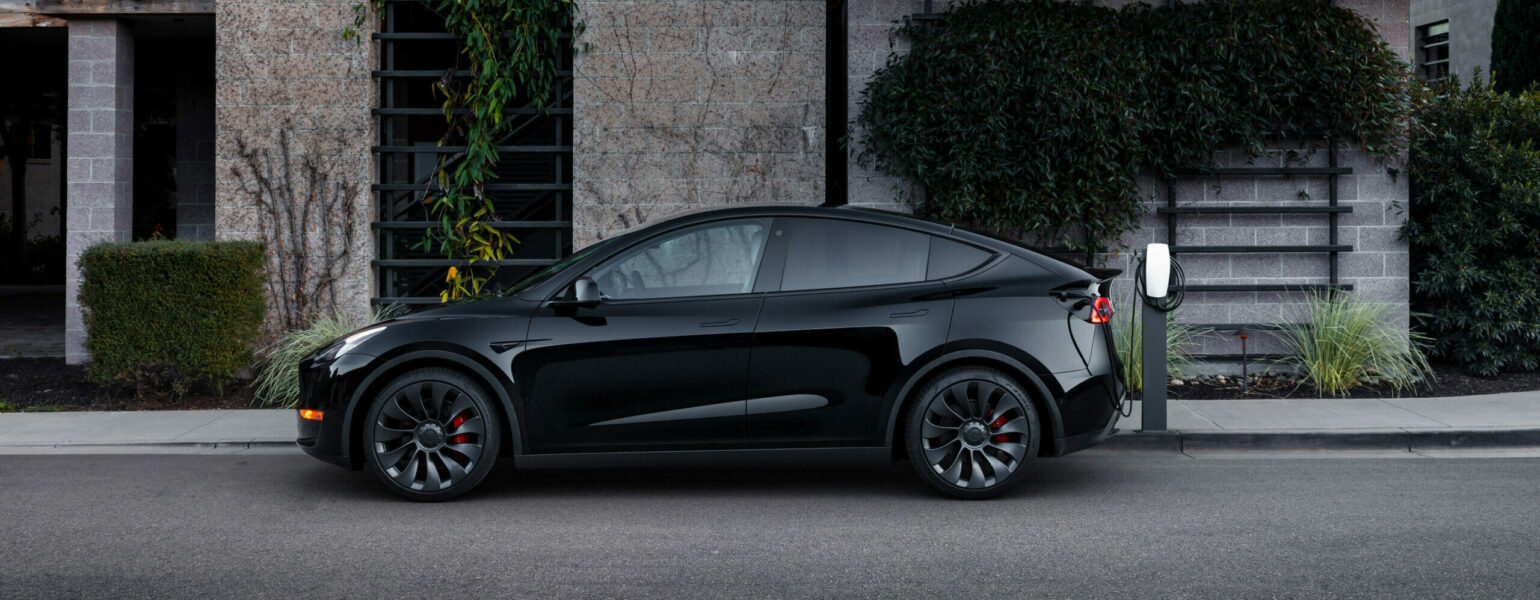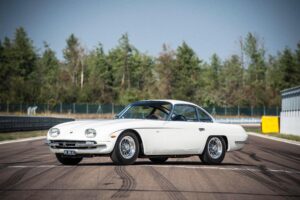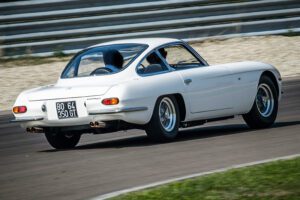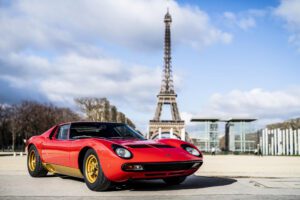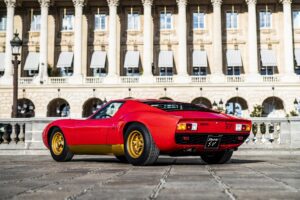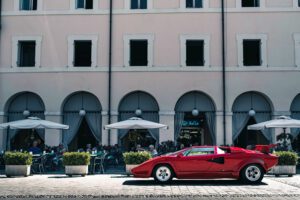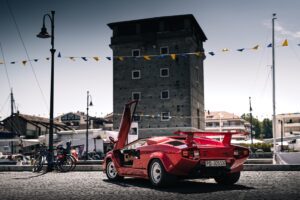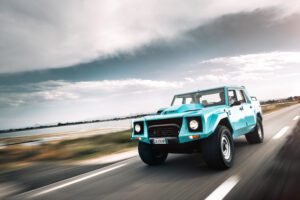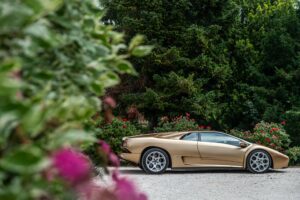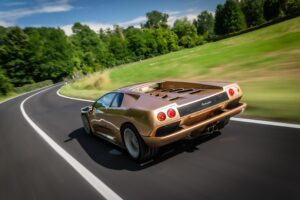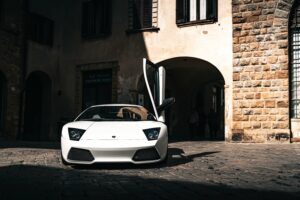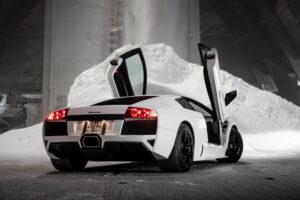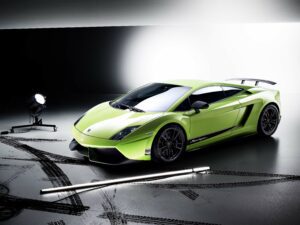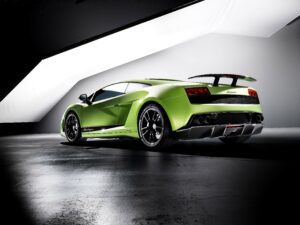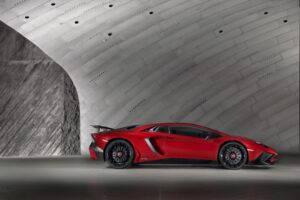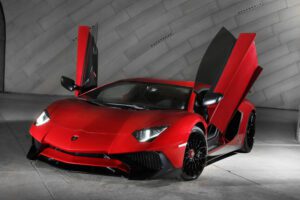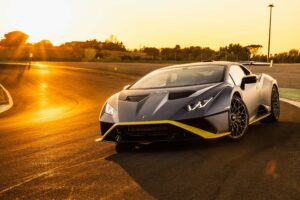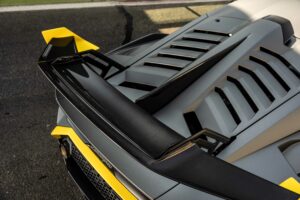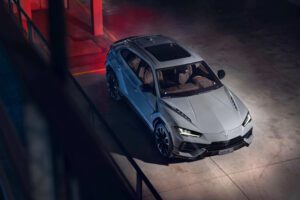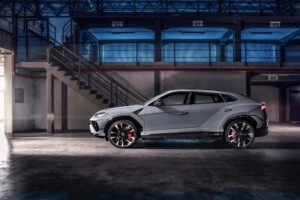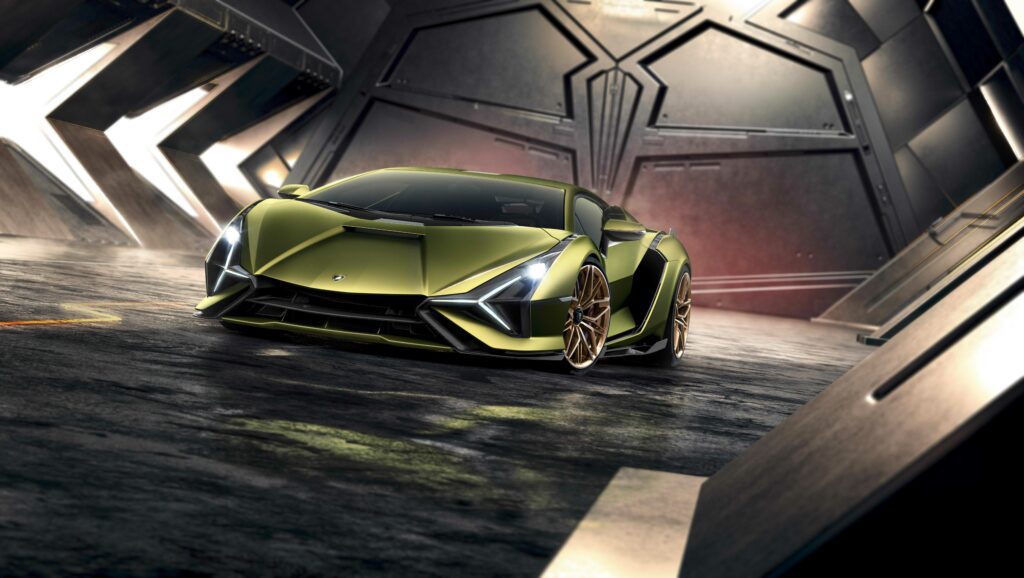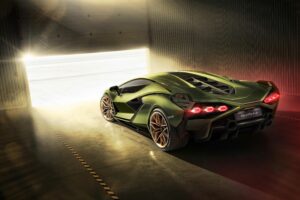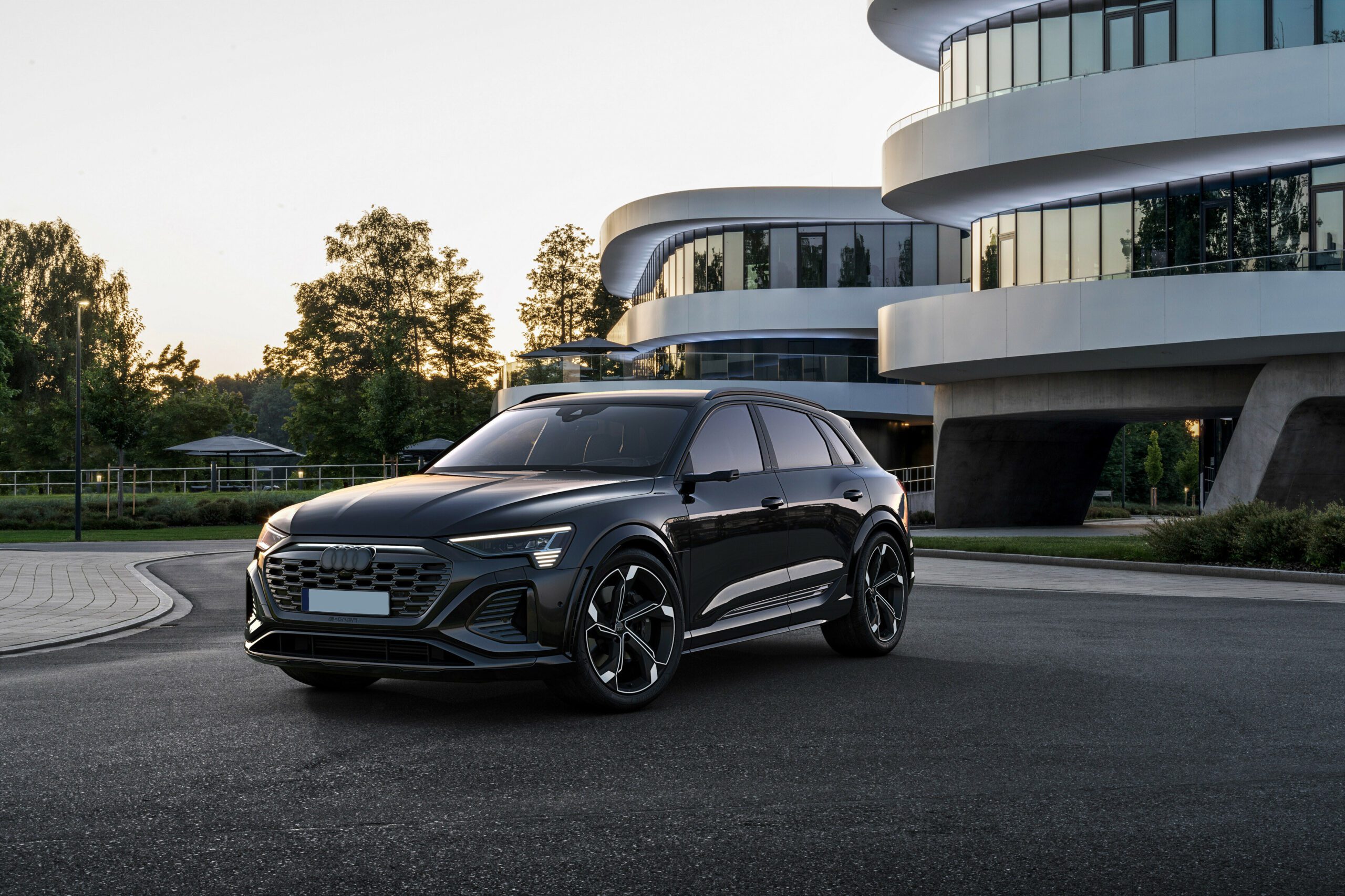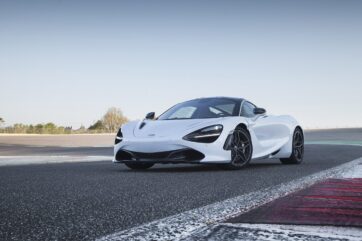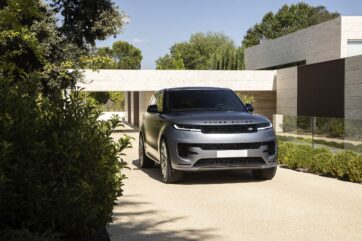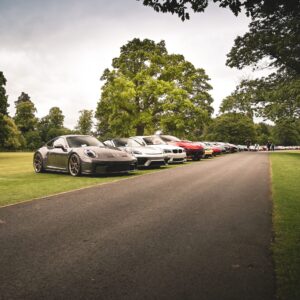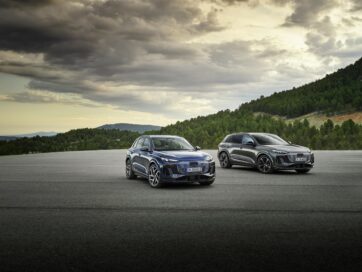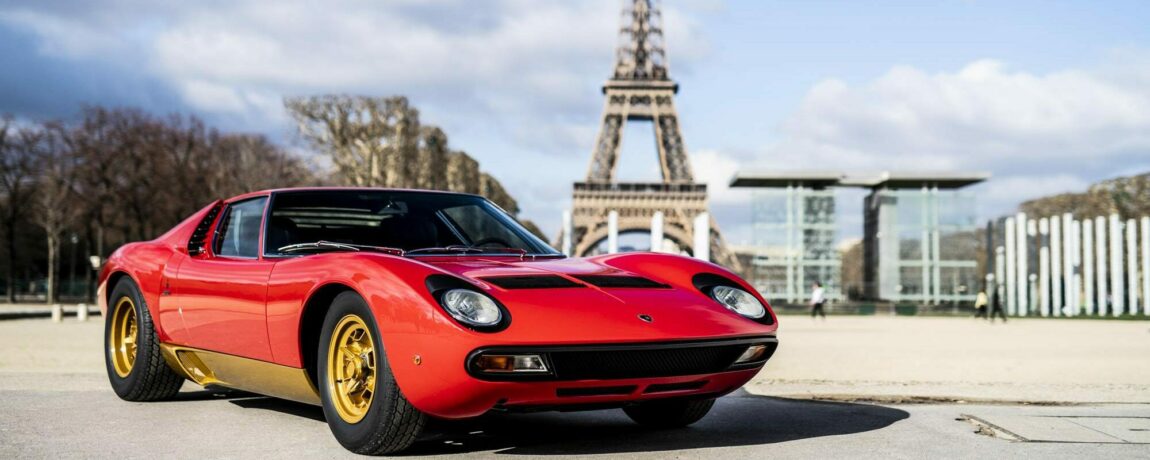
Happy 60th Birthday Lamborghini
In the 60 years of producing some of the most iconic cars on the road, Lamborghini have stuck to the same formula with all their creations. Nothing is too flamboyant, too over the top or too fearsome. Almost as if the way the car looks is more important than the way it performs around a track, and whilst you’re driving around, be sure to shout about it in the process. Famously quoted as saying they don’t advertise on television because the people who buy their cars aren’t ‘sitting around watching tv’, the Lamborghini brand became synonymous with some of the most exotic cars of any era.
This year saw the legendary brand from Sant’Agata, Bolognese celebrate their 60th year since the brand was formed in May 1963. In those days a car company often showed their speed and power through a motorsport programme, in fact Enzo Ferrari famously said that his road car business was merely a tool to fund the company’s participation in motor racing, but Lamborghini were different.
Ferruccio Lamborghini saw motor racing as a drain on the company resources, however his enthusiastic employees were motorsport enthusiasts and therefore prepared the cars as if they were ready to compete. One of their first cars, the P400 prototype, was designed by the engineers in secret to be a road car with racing potential, despite the fact Ferruccio had no intention of ever taking it racing. However, that prototype would eventually become the Miura, considered by many to be the very first supercar.
Ever since that ground-breaking car, the brand has pushed the boundaries in car design, performance and engineering, and live up to that expectation to this very day. For a company that always turns things ‘up to 11’ here is our look at our Top 11 of the most iconic Lamborghini models from the past 60 years.
350 GT
Ferruccio Lamborghini preferred comfortable grand tourers with powerful V12 engines over the race car derived machines that Ferrari were developing at the time. Their first creation, the 350 GT was the epitome of the grand tourer with a stylish 2-door coupe body, a luxurious and comfortable interior and the power of a 3.5 litre V12 engine. Not only that but with an all-aluminium body, four-wheel independent suspension, a limited slip differential and servo assisted disc brakes all round, the 350 GT performed like a sports car too.
The attention to detail, particularly for the engineering, was very impressive. Each engine underwent testing on a dynamometer for 24 hours with detailed analysis of how it performed before being installed in the car. Ferruccio intended for the car to be ‘good for 40,000 hard miles between services’, not something matched in todays cars. On sale for just 2 years, the company built 120 cars including 2 GTS models that were convertible roof spider versions. The success of the model ensured that the company not just survived financially, but established it as a viable competitor to rival Ferrari.
Miura
As previously mentioned, the Miura was developed in secret by Lamborghini’s most notable engineers under the code name P400. Engineers Giampaolo Dallara and Paolo Stanzani, and their engineer and test driver Bob Wallace worked day and night to create a car that would excel on the road but be ready for the racetrack. The Miura was so revolutionary yet the small team had to persuade Ferruccio Lamborghini that it would not be too expensive to produce or detract from the company’s focus, thankfully he agreed to put it in production on the basis that it would be a useful marketing tool if nothing else.
The resulting car featured many innovative engineering decisions, a mid-engine transversely mounted 3.9 litre V12 engine layout for starters and was so ahead of its time that a rolling chassis without any bodywork was enough for visitors to the 1965 Turin Salon to be queuing up to place an order. The exceptional bodywork was styled by Marcello Gandini at Bertone and has become one of the most iconic shapes of the 1960’s and 70’s, even down to the profile of the doors, which when opened appear like bulls horns from the front view. Lamborghini built 764 Miura’s over the years from the P400 to the P400 S and the P400 SV.
Countach
Bertone’s exuberant styling was back again in 1974 for their most outlandish car yet, the Countach. Built as a successor to the ground-breaking Miura, the Countach was designed to push boundaries even further with the daring styling and aerodynamic efficiency a key focus. With angular wedge shaped bodywork the low slung Countach looked out of this world in the 1970’s and still looks outrageous even today.
By the mid 1980’s the V12 engine had grown to 5.2 litres and the Countach was the ultimate poster car of excess and exotica, from the scissor doors to the outrageous fixed rear spoiler, which apparently did nothing to aid downforce despite its looks. The LP5000 QV of 1985 was the biggest selling model of the almost 1,983 examples built, and the car was on sale for an impressive 16 years. Such is the iconic status of the model that Lamborghini commemorated 50 years of the model with a limited production modern interpretation based on technology from their futuristic Sian and with a 6.5 litre hybrid V12 producing 800bhp.
LM002
There used to be a time when a car maker who has built a reputation for exotic supercars would never dream of making such a departure as to creating an off-road vehicle. However, in 1986 Lamborghini made the biggest departure from the norm and produced the LM002. Featuring a V12 engine from the Countach, the LM002 was intended to be used a military vehicle however it was sold to the general public. It wasn’t all show and no capabilities though as the LM002 had custom Pirelli run flat or sand use tyres, as well as a raised engine for wading capabilities and a much larger fuel tank, costing over £245 to fill at today’s prices.
Despite its utilitarian appearance, the civilian models were fitted with a full luxury package which included power windows, full leather interior trim, air conditioning and a premium stereo system mounted in the roof of course. If your 5.2 litre V12 wasn’t quite enough it could also be specified with a 7.2 litre marine V12 derived from that found in offshore power boats. The LM002 was a crazy moment, even for Lamborghini, and showed that they could still shock after all these years. With a production run that lasted for 7 years, they made 328 in total.
Diablo
From the striking appearances of the Countach and the LM002, the Diablo swapped excess and outlandishness for desirability and sex appeal. The angles had replaced by curves and a thoroughly modern appearance fresh for the 1990’s. Marcello Gandini’s angular concept car had been given a curvaceous makeover by new parent company Chrysler resulting in the Diablo we know today.
With a 5.7 litre V12 producing 485bhp, the Diablo was capable of 0-62mph in just 4.5 seconds and was the first Lamborghini to achieve 200mph. It was thoroughly better equipped than the Countach it replaced with luxuries such as fully adjustable seats, electric windows, later models also had power steering and anti-lock brakes. There was a VT model that incorporated four wheel drive, which was also available as a roadster, and the return of the iconic SV or SuperVeloce nomenclature meaning over 500bhp and a return to rear wheel drive only. Of the 2,884 produced between 1990 and 2001, 150 were SE30 models commemorating 30 years of the company and were designed as a ‘street legal race car’ with less weight and a power increase to 523bhp.
Murcielago
Following a change to Audi ownership, the Murcielago was the replacement for the Diablo in 2001 and forged the sensible four wheel drive and ergonomics of the sensible German marque with the flamboyant looks and power of the Italian brand. The Audi influence ensured that the interior was more comfortable and luxurious than ever before whilst the surefootedness of their all-wheel drive system meant it was easier to drive than previous models.
Being the flagship Lamborghini, it of course came with the trademark scissor doors and retained the low sleek appearance of the models before, the roofline was just 1.2 metres from the road. But this time aero aids and cooling ducts were hidden away until required. A 6.2 litre V12 (later 6.5 litres) produced 572bhp (later 631bhp) meaning 0-62mph took just 3.8 seconds. By 2009 Lamborghini resurrected the SV or SuperVeloce naming to produce the LP 670-4 with 661bhp (670PS) from a revised 6.5 V12. Increased power and weight saving meant that the SV accelerated from 0-62mph in just 3.0 seconds. The Murcielago was Lamborghini’s biggest selling flagship model with just under 4,100 sold in total.
Gallardo
Following the release of the Murcielago, in 2003 came the ‘baby’ Lamborghini in the form of the Gallardo. It was smaller than the Murcielago yet was still equipped with a 5.0 litre V10 producing 493bhp (later 552bhp). The Gallardo took the Audi partnership even further, sharing much of the mechanicals with the R8, yet the car benefitted from it greatly with ergonomics and usability levels not previously seen in a Lamborghini.
The success of the model saw many special editions including the lightweight more powerful Superleggera, the Syder Performante, the Bicolore, the Edizione Tecnica, the Super Trofeo, Squadra Corse and the Balboni. The latter a tribute to their long serving chief test driver Valentino Balboni and offered in rear wheel drive only for the first time. The Gallardo was a huge sales success for the company, over 14,000 were built over 10 years of production making it by far their biggest selling car at the time, more than all the Lamborghini’s sold up to that point combined.
Aventador
The replacement for the Murcielago came in 2011 in the shape of the Aventador. Longer, wider and even lower than its predecessor, the Aventador looked even more aggressive in appearance and with even more power was quicker too. A 6.5 litre V12, the first all-new V12 engine since the 3.5 litre found in the 350GT, produced 690bhp (700PS) and saw the car accelerate from 0-62mph in 2.9 seconds and on to a top speed of almost 220mph.
The Aventador also featured an SV variation with 740bhp (770PS), an increase of 50bhp over the standard model which was then superseded by the SVJ, a track focussed iteration taking the performance even further. The advances in airflow management thanks to their Aerodinamica Lamborghini Attiva (ALA) system (a 40% increase in downforce with a 1% reduction in drag), considerable weight saving and four-wheel steering meant that the SVJ became the fastest production car round the fearsome Nürburgring. The flagship V12 Lamborghini’s were never big selling cars, however the Aventador changed all of that selling almost 11,500 examples in its 11-year production run, finally coming to an end in 2022.
Huracan
Following the sales success of the last ‘baby’ Lamborghini, the Gallardo, the replacement had a lot to live up to. Taking the sleek and angular details from the Aventador, the Huracan again shared a lot of the mechanicals and technology with the second-generation Audi R8 but that is certainly no bad thing. The 5.2 litre V10 uses the latest technology and is surprisingly efficient for an engine of that capacity, whilst also producing 602bhp (610PS) in ‘base’ coupe form. The exceptionally effective ALA system once again featuring on the track orientated Performante model and claimed to provide and incredible 750% more downforce than the standard Huracan, along with a 30bhp increase in power and lightweight materials to save weight.
A mid-life update brought even more technology and the engine updates from the Performante to add the ‘Evo’ naming across the line-up. With rear wheel steering, a new torque vectoring system and a new central processing unit, the Huracan Evo was brought right back up to date. The introduction of the Super Trofeo Omologato (STO) took the track focus even further with 75% of the bodywork being carbon fibre, brakes inspired by Formula 1 technology and aggressive aerodynamic aids. Lamborghini’s ability to shock and surprise was ever present with the introduction of the Huracan Sterrato, a rugged raised version of the Huracan with chunky bodywork aiming at all-terrain ability. With the model still being on sale, it has currently sold more than 12,150 examples and shows no sign of slowing down just yet.
Urus
Whilst every prestige manufacturer seems to make a luxury SUV these days, Lamborghini decided to redefine the sector with the launch of the Urus in 2017. Unmistakably a Lamborghini with angular aggressive looks, it heralded a lot of firsts for the company, the first 5-door model in the modern era, their first V8 engine model, their first turbocharged engine, but their second foray into the off-road market after the LM002. Rather than producing ‘just another’ luxury off-roader, Lamborghini claimed the first ‘super SUV’. Considerably lighter than its rivals from BMW, Rolls Royce, Bentley etc, the Urus extensively utilises carbon fibre reinforced polymer to keep the weight down.
With a twin-turbocharged 4.0 litre V8 engine producing 641bhp (650PS) the Urus can accelerate from 0-62mph in just 3.6 seconds and on to 190mph. Technological advances, such as the largest carbon ceramic brakes fitted to any car, complicated torque vectoring system and four-wheel steering, means that the handling is exceptionally impressive for such a tall car. The Urus has been a sales phenomenon for Lamborghini. Launched in December 2017, by July 2020 they had built 10,000 cars and by 2022 they passed the 20,000-car milestone. Still on sale and with the introduction of the Urus S and Performante models, the Urus is comfortably the biggest selling model in the company’s history.
Sian
The Lamborghini Sian, or Sian FKP 37 to give it its full title, is a limited production mid-engine hybrid supercar, with just 63 coupes and 19 roadsters built. The first hybrid in their history, the combined 808bhp (819PS) makes the car the most powerful Lamborghini ever. Utilising the engine from the Aventador SVJ and combining it with an electric motor integrated into the gearbox but uniquely powered by a supercapacitor. Sounds like something from Back To The Future. A supercapacitor was selected as it can provide up to 3 times the power of a standard lithium-ion battery of the same weight, and is recharged using regenerative braking, providing instant power when needed. The Sian’s impressive power means a 0-62mph time of just 2.8 seconds and an electronically limited top speed of 221mph, but who knows how fast it could go with that limit removed.
The styling utilises the famous wedge shape, the angular and aggressive styling and the scissor doors of Lamborghini’s most iconic models and brings the very latest technology in a seriously impressive package. A sign of the future, Lamborghini have already stated that the 2022 Huracan Sterrato would be the last non-hybrid model announced, and the Sian proves that the move to electric or electrically assisted power does not mean that Lamborghini can’t do things their own way.
Lamborghini Finance
At Oracle Finance we specialise in finding funding for supercars and hypercars, with almost 300 funded last year alone, and almost a fifth of those were a Lamborghini. Our expert Account Managers use our panel of specialist lenders to help you to find the perfect package, bespoke to you and your circumstances. We could help to get you approved at the top end of your budget up to 90 days before an auction with an agreement in principle, so that when that hammer drops, your funding is in place, and you are ready to purchase the car of your dreams. Our team are always on hand should you have any questions about arranging car finance and your dedicated Account Manager is ready to take your call today.
Read more about our Supercar Finance here: Supercar Finance
Why Choose Oracle?
With over 1,800 Trustpilot reviews and a overall rating of 5 out of 5, and as four-time consecutive award winners of the Best Specialist Car Finance Provider award from 2020 through to 2023, having funded over £1.7 billion of vehicles and counting thus far, you too can find out why thousands of people trust us time and time again to find a smarter, tailored funding solution when looking for your next dream car.
Make sure you follow us on Instagram, LinkedIn and Facebook to keep up to date with what’s happening in the market and to see some stunning photos and videos of the amazing cars we fund.
